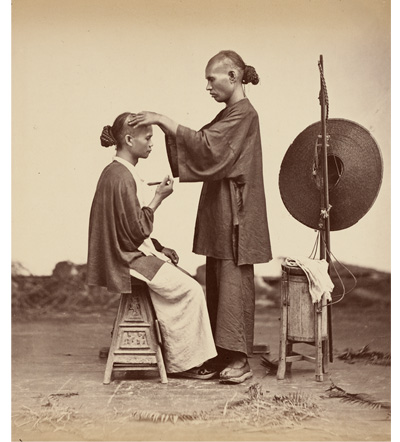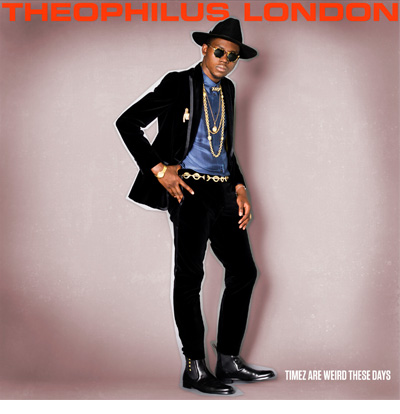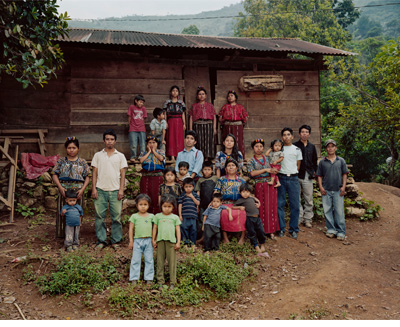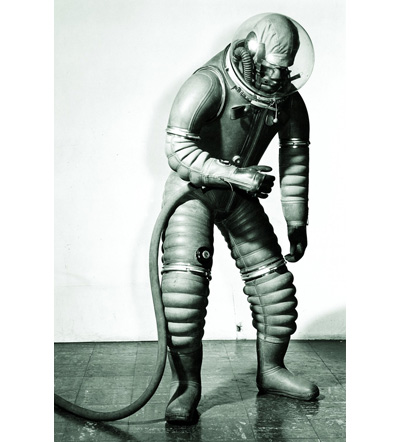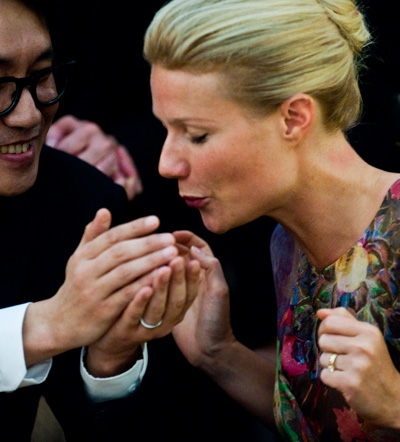

Finished Outside View/Courtesy: Lou Ureneck

![]()
For most people, the thought of building a home from scratch would be enough to lay the foundation for a mid-life crisis. For Lou Ureneck, building the framework for a cabin in the woods is precisely the means for avoiding such a breakdown. While he gathers the various items he’ll need to complete the job, he also assembles a story to go along with the assembled structure, in which he tracks the course of the project, from the point of inspiration to his family’s first Thanksgiving dinner inside the cabin’s walls. It makes for a charming new memoir, based on a blog he wrote for The New York Times during the construction process, with the straightforward title Cabin.
Ureneck’s motives are more complex than simply wanting a place for getting away. He conceives of the idea to build his very own cabin in the deep woods of Maine, not far from his brother Paul’s Portland home, as a response to the spate of bad fortune and difficult transitions taking hold of his life in the midst of his middle aged years – a failed marriage, a recently deceased mother, a newly empty nest, and a health scare of his own to top it off. This new getaway house, he figures, would provide respite from the complications of the outside world. Most likely, it would also reconnect him to his brother’s family after too many years of distance, both geographic and emotional. And having his brother’s family around might also provide some vital manpower from the pouring of the concrete foundation piers to the building of the timber-frame structure, the rafters and ultimately the roof.




 Facebook
Facebook Permalink
Permalink Digg
Digg Reddit
Reddit LinkedIn
LinkedIn StumbleUpon
StumbleUpon Tumblr
Tumblr


